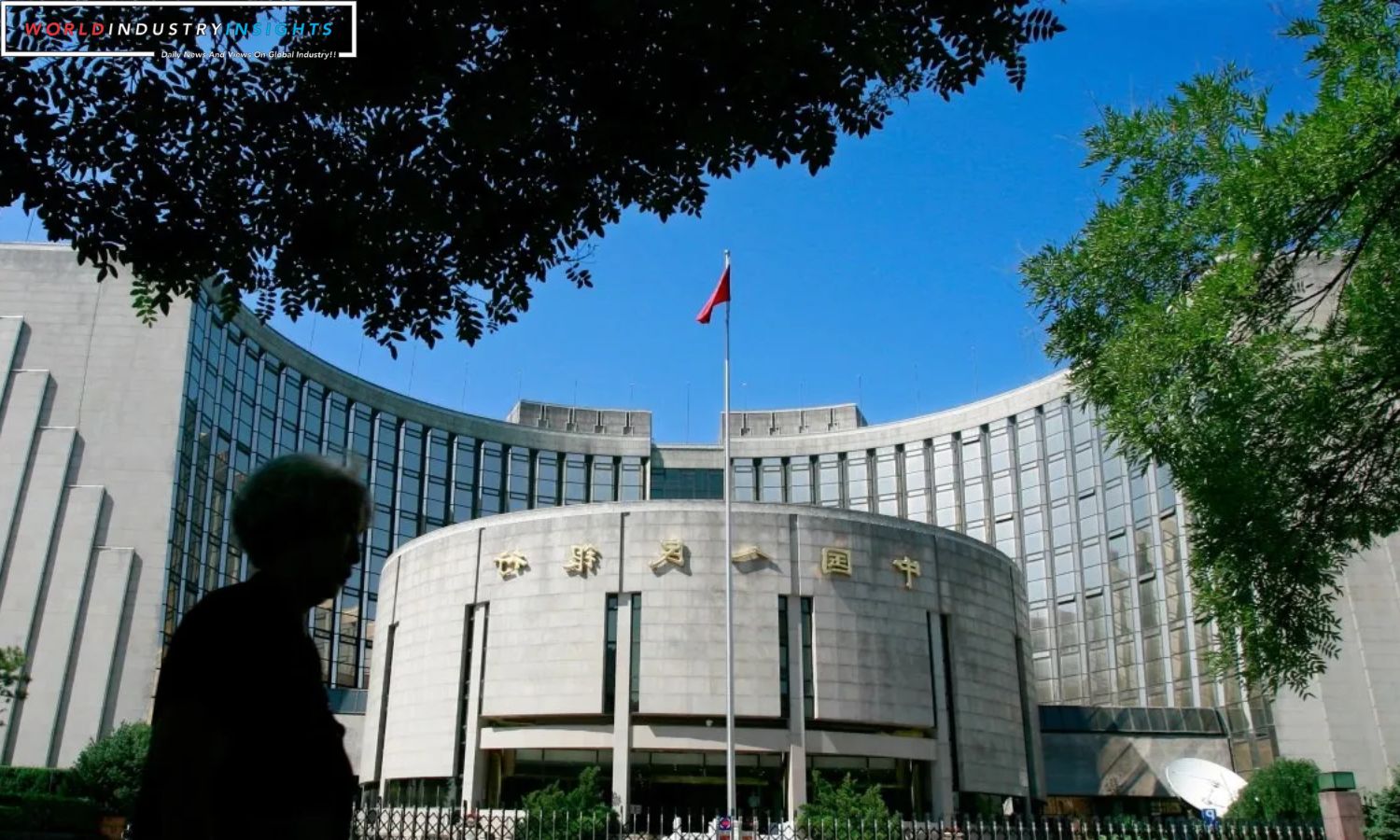China Ambitious Imports Drive: China’s premier, Li Qiang, made a significant announcement at the China International Import Expo in Shanghai, pledging to further expand market access and boost imports. This commitment comes in response to criticism from European companies who have been urging China to improve its business environment substantially.
Li’s expo address stressed China’s commitment to economic openness, with imports expected to surpass $17 trillion in five years. He said “No matter how the world changes, China’s pace of opening up will never stall, and its determination to share development opportunities with the world will never change.”
The premier also highlighted China’s intentions to promote the coordinated development of trade in both goods and services, protect an international business environment, and ease market access. This includes lifting restrictions on foreign investment in the manufacturing sector, demonstrating a significant shift in China’s economic policy.
The China International Import Expo, initiated by President Xi Jinping in 2018, was designed to underscore China’s commitment to free trade and address criticism related to its trade surplus. However, the past three years have seen limitations on participation due to the COVID-19 pandemic.
This year’s event faced criticism from the European Chamber of Commerce in China, which labelled it a “political showcase” and urged Chinese authorities to take concrete measures to restore confidence among European businesses.
Also Read: EU Chamber Criticizes China CIIE as More Politics Than Business
Despite a downturn in China’s imports this year due to economic challenges, Li cited success stories from the expo, emphasising its significance. Notably, he mentioned the positive impact on businesses such as an Afghan carpet maker and a Japanese pharmaceutical firm. Of the approximately 3,400 companies participating in this year’s expo, over 200 have been repeat attendees for the past six years, highlighting the expo’s enduring appeal.
The event has attracted delegations from countries including Australia and the United States, with participants ranging from tech giant Micron Technology to consumer goods companies like Nestle and fashion brands like Burberry and L’Oreal.
In a significant move, Australian Prime Minister Anthony Albanese marked the first visit to China by an Australian leader in seven years, emphasising the importance of dialogue and cooperation.
Last year, the expo saw the signing of $73.52 billion worth of international deals, reflecting a 3.9% increase from the previous year. Additionally, China expressed its intention to actively pursue membership in the Comprehensive Progressive Trans-Pacific Partnership (CPTPP), signalling its commitment to global trade collaboration.
Several other nations, including Taiwan, Ukraine, Costa Rica, Uruguay, and Ecuador, have also applied to join the CPTPP, a significant trade agreement established in 2018 among 11 countries. The CPTPP aims to reduce trade barriers and boost economic cooperation. China’s application is set to be considered alongside these applications, underscoring its ongoing efforts to engage in international trade partnerships.
Our Reader’s Queries
What does China import the most of?
As the world’s biggest importer of soybeans and meat, China also ranks high in importing dairy, wine, and other food products and beverages. In 2022, transportation-related service imports dominated the service trade sector in China.
Is China reliant on imports?
An analysis has revealed that China relies on approximately 412 items imported from the U.S. and allied countries for at least 70% of its needs. This dependence is valued at around $47 billion per year.
What are the driving forces for China’s economy?
The economy is largely driven by industrial production and manufacturing exports, but it lags behind other top 10 countries in terms of development. Government spending has played a crucial role in driving growth, resulting in haphazard construction in recent years.
What industry is driving China’s rise in the global market?
China’s services sector is the largest contributor to its economy, making up 52.8% of the country’s GDP in 2022. This sector includes a wide range of sub-industries, such as professional services, healthcare, entertainment, information services, and the arts. With such a diverse range of offerings, China’s services sector is a vital component of the country’s economic growth and development.


